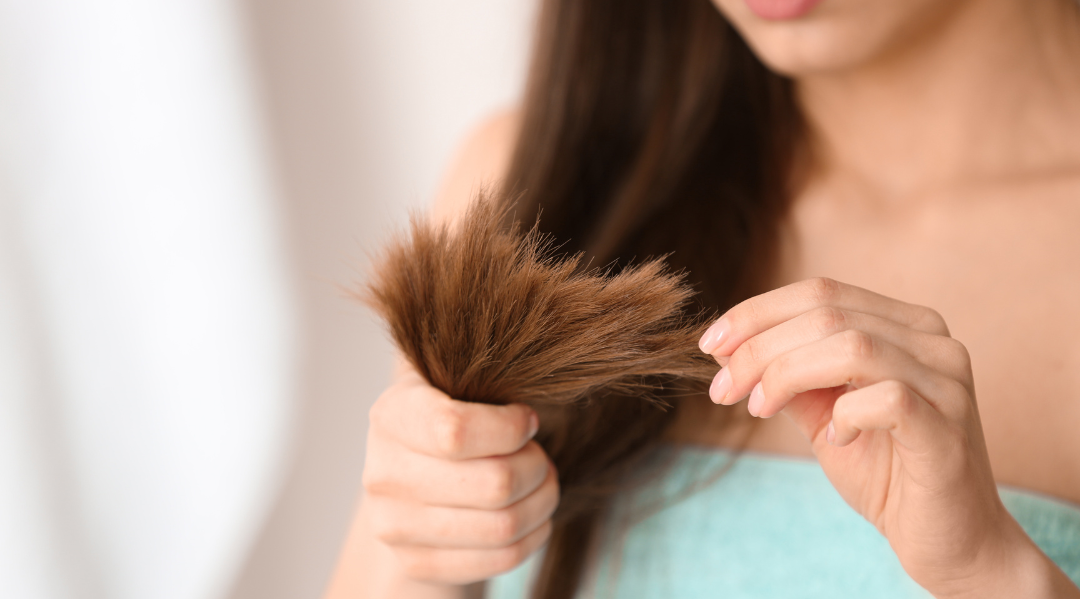Our hair is often considered a significant aspect of our identity and appearance, contributing to our sense of self-confidence and beauty. However, various factors can affect the health and vitality of our hair, with heat styling being one of the most common culprits. While heat styling tools like hairdryers, straighteners, and curling irons can help achieve desired hairstyles, excessive or improper use can lead to heat damage, which may eventually contribute to hair loss. In this article, we delve into the intricate relationship between heat damage and hair loss, exploring the mechanisms behind it and offering tips on how to prevent it.
Understanding Heat Damage
Heat damage to the hair occurs when high temperatures alter the structure of the hair shaft, leading to dryness, brittleness, and breakage. The outer layer of the hair, known as the cuticle, is particularly vulnerable to heat damage. When exposed to excessive heat, the cuticle becomes raised and porous, causing moisture to escape from the hair shaft. This loss of moisture makes the hair more prone to damage and breakage, ultimately compromising its strength and elasticity.
The Link Between Heat Damage and Hair Loss
While occasional heat styling may not cause immediate hair loss, chronic exposure to high temperatures can weaken the hair follicles and contribute to hair thinning and shedding over time. Here’s how heat damage can lead to hair loss:
Damage to Hair Follicles:
Prolonged exposure to heat can damage the hair follicles, which are responsible for producing new hair strands. When the follicles are weakened or inflamed due to heat damage, they may produce weaker, thinner hair or stop producing hair altogether, leading to visible hair loss.
Breakage and Split Ends:
Heat-damaged hair is more prone to breakage and split ends, as the weakened cuticle cannot adequately protect the hair shaft. As a result, the hair becomes increasingly fragile and prone to snapping off, leading to a noticeable decrease in hair density over time.
Scalp Health:
Heat styling tools can also indirectly affect scalp health, as excessive heat can lead to dryness, irritation, and inflammation of the scalp. A compromised scalp environment can disrupt the hair growth cycle and contribute to hair loss.
Preventing Heat Damage and Hair Loss
While it may be tempting to rely on heat styling tools regularly to achieve desired hairstyles, it’s essential to prioritize the long-term health of your hair. Here are some tips to prevent heat damage and reduce the risk of hair loss:
Use Heat Protectant Products:
Before applying heat to your hair, always use a heat protectant spray or serum to create a barrier between the heat styling tool and your hair. These products help minimize moisture loss and shield the hair from excessive heat damage.
Limit Heat Exposure:
Try to minimize the frequency and intensity of heat styling sessions. Whenever possible, allow your hair to air dry naturally or use the lowest heat setting on your hairdryer or styling tool.
Invest in Quality Tools:
Opt for high-quality heat styling tools that offer adjustable heat settings and advanced technology to minimize heat damage. Ceramic and tourmaline materials are preferable, as they distribute heat more evenly and reduce the risk of hot spots.
Practice Proper Technique:
When using heat styling tools, avoid holding them in one place for too long, as this can cause localized overheating and damage. Keep the tool moving smoothly through your hair and use a lower heat setting whenever possible.
Maintain Overall Hair Health:
Ensure that your hair is adequately moisturized and nourished by using hydrating shampoos, conditioners, and hair masks. A balanced diet rich in vitamins, minerals, and protein also promotes healthy hair growth and resilience.
Conclusion
While heat styling can be a convenient way to achieve various hairstyles, it’s essential to use these tools responsibly to prevent heat damage and minimize the risk of hair loss. By understanding the relationship between heat damage and hair loss and adopting preventive measures, you can maintain the health and vitality of your hair for years to come. Remember, healthy hair begins with proper care and attention to detail.




